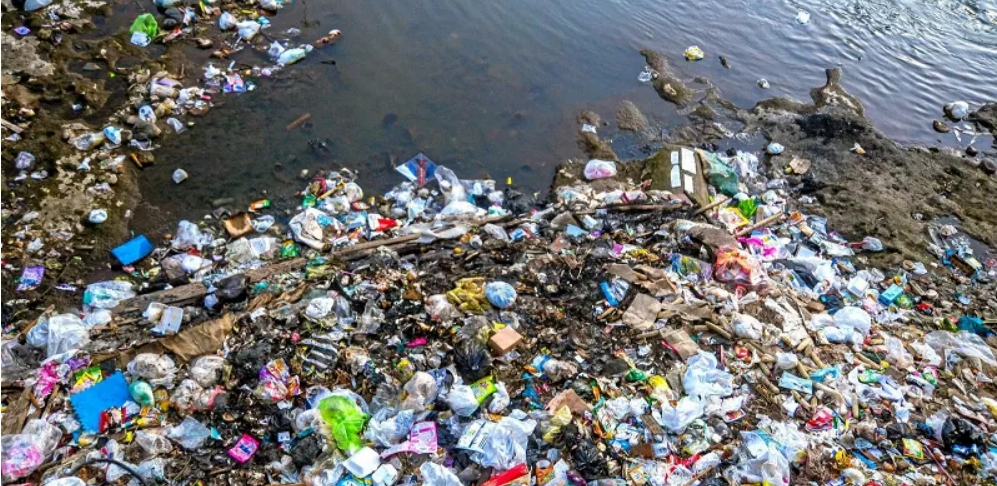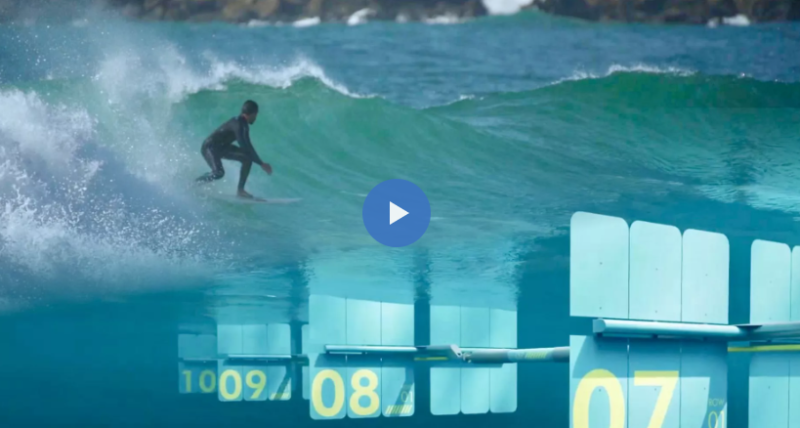A team of Czech researchers has developed tiny robots intended to tackle plastic pollution in rivers and oceans.
Between 4.8 and 12.7 million tonnes of plastic end up in the oceans each year, according to the European Parliament’s research service. So much so that these waters could contain more plastic than fish by 2050, worries the Ellen MacArthur Foundation, a British charity which campaigns for the establishment of a circular economy.
Capture plastics and bacteria
Associations are not the only ones tackling this environmental scourge. Researchers at Brno University of Technology in the Czech Republic have designed swarms of tiny spherical robots capable of collecting microplastics and bacteria from water. Their work has just been published in the scientific journal ACS Nano.
One of their major advantages lies in their ability to capture microplastics (which measure up to 5 millimeters), which are particularly hard to collect because of their small size. Another problem: these microplastics attract bacteria, including pathogens, and represent a real danger for animals, which can ingest them. Never mind, these robots are also capable of harvesting these bacteria.
A collective game
But then what can these mini-pollution control robots look like and how do they go about decontaminating the water? By imitating natural swarms like schools of fish, these 2.8 micrometer diameter microsystems work collaboratively. To build them, the researchers connected strands of a positively charged polymer, which attract and capture plastics and microbes, to magnetic microparticles that only move when exposed to a magnetic field. When exposed to a rotating magnetic field, robotic systems group together in swarms to better capture their targets.
In the laboratory, the team placed micrometer-wide fluorescent polystyrene beads in a tank of water along with pseudomonas aeruginosa bacteria, strong swimmers that can cause pneumonia and other infections. The researchers then immersed the microrobots, exposing them to a rotating magnetic field for 30 minutes, turning it on and off every 10 seconds. The densest swarm of robots managed to capture around 80% of the bacteria present in the liquid tested. The number of plastic balls has also decreased, the latter being attracted by the microrobots.
Another advantage of these microbots: they are reusable. Indeed, the researchers initially succeeded in harvesting the robots using a magnet once their task was accomplished. They then exposed them to ultrasound to loosen the bacteria that had stuck to them. Finally, the microbes were removed using ultraviolet rays, to complete the disinfection of the robotic systems. These can thus be put back into activity, even if their harvest is lower.
“The coordination of materials science, magnetism and micro-scale engineering has highlighted the potential of microrobots to solve complex pollution problems in aquatic environments,” concludes Martin Pumera, Czech chemist and lead author of the study. This opens up solutions for environmental protection and water quality management.”




